Which camera should you choose? Let’s say you’re packing for a trip, but you’re stuck between two cameras. One is small and light. The other is bigger and feels more solid.
That’s where sensor size matters. Bigger sensors often mean better photos, especially in low light or when you want a soft, blurry background.
In this post, I’ll explain what a sensor is, how its size affects your pictures, and what to look for. You’ll also see how common sensor sizes compare in a way that’s easy to follow.
So… does bigger always win? Or is small still enough? Keep reading to find out.
What are Camera Sensor Sizes?
Camera sensor sizes refer to how big the light-sensitive part of a digital camera is. This sensor captures light and turns it into a photo.
The bigger the sensor, the more light it can take in. This helps you get clearer, brighter, and more detailed pictures, especially in low light. Sensor size also affects depth, background blur, and overall image quality.
Different Sensor Types
There are three common types of camera sensors: Full-frame, APS-C, and Micro 4/3. Each has a different size, which affects how your photos look.
- Full-frame sensors are the biggest and give you great quality, even in low light.
- APS-C sensors are smaller and lighter, good for everyday use.
- Micro 4/3 sensors are even smaller and best for travel or casual photos.
These sensor types are different not just in size, but also in how they handle light, blur, and detail. The bigger the sensor, the more control and quality you usually get.
Here’s a quick look at how they compare:
| Sensor Type | Size (Approx.) | Low Light Performance | Background Blur | Ideal For |
|---|---|---|---|---|
| Full-frame | 36mm x 24mm | Excellent | Strong | Professionals, portraits |
| APS-C | ~23mm x 15mm | Good | Moderate | Hobby use, general photos |
| Micro 4/3 | 17.3mm x 13mm | Fair | Less | Travel, light gear setups |
Knowing these differences helps you pick the right camera based on what kind of photos you want to take and how much gear you’re willing to carry.
How Sensor Size Affects Your Photos
Sensor size plays a big role in how your photos turn out. Bigger sensors can take in more light, which means your pictures come out clearer and brighter.
They also reduce noise, the grainy look you sometimes get in dark places, so your low-light shots look cleaner. Another thing to notice is the background blur.
Larger sensors make it easier to blur the background while keeping the subject sharp, which is great for portraits. Smaller sensors have less blur and need more light to work well. So, the size of your camera’s sensor can change the whole look and feel of your photo.
Depth of field is about how much of your photo is in focus. Larger sensors like full-frame create a shallower depth of field, which means your subject is sharp, but the background is soft and blurry.
This is great for portraits, where you want the person to stand out. Smaller sensors like APS-C or Micro 4/3 keep more of the scene in focus, which works better for landscapes.
To control depth of field, use a lens with a wide aperture (like f/1.8) and get close to your subject. Bigger sensors help, but good technique matters too.
Choosing the Right Sensor for Your Photography Style
Not all cameras fit every style of photography. The sensor size you pick should match what and how you like to shoot. Here’s a quick guide to help you choose:
- Portraits: Go for a full-frame sensor. It gives you that soft, blurry background that makes your subject pop. It also handles skin tones and details really well.
- Landscapes: Full-frame works best here, too. It captures more detail and color in wide, open scenes. But if you’re on a budget, an APS-C sensor can still do a great job.
- Travel: You’ll want something light and easy to carry. Micro 4/3 cameras are small and perfect for trips. They’re compact without sacrificing quality.
- Street Photography: APS-C is a solid choice. It balances size, quality, and speed, making it great for capturing quick moments without drawing too much attention.
- Sports or Action: APS-C sensors are often better here. They give you extra reach (because of the crop factor), and many fast-shooting cameras use this size.
- Everyday and Casual Photos: Micro 4/3 sensors are ideal. They’re simple, lightweight, and easy to use, even for beginners.
Matching your sensor to your style means better photos and a better time taking them. You’ll spend less time fighting with settings and more time enjoying the shot.
How to Compare Camera Sensors
When picking a camera, don’t just look at sensor size. Use tools like DxOMark to compare sensor performance, image quality, and low-light scores. Also think about things like lens options, camera speed, and features like autofocus and video.
A bigger sensor helps, but it’s not the only thing that matters. The right mix of size, features, and lenses gives you the best results.
Is Bigger Always Better?
Not always. While bigger sensors like full-frame give you top image quality, they also come with heavier cameras and higher costs. That’s not ideal for everyone.
For example, if you love to travel or want something light and easy to carry, an APS-C or Micro 4/3 camera might be a better fit.
These smaller sensors still take great photos and are often easier to use on the move. It’s about finding the right balance for your needs, not just going for the biggest option.
Final Thoughts
Choosing the right camera starts with understanding sensor size comparison.
Bigger sensors give better low-light shots and more background blur, but they’re also heavier and cost more.
Smaller sensors are easier to carry and still take great photos. Think about what you like to shoot (portraits, travel, landscapes) and pick what fits best.
Remember, the best camera is the one that works for your style and needs. Now that you know the basics, you’re ready to choose smart.
Want to learn more? Check out our other blogs to keep building your camera skills and confidence!
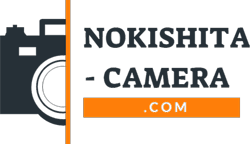
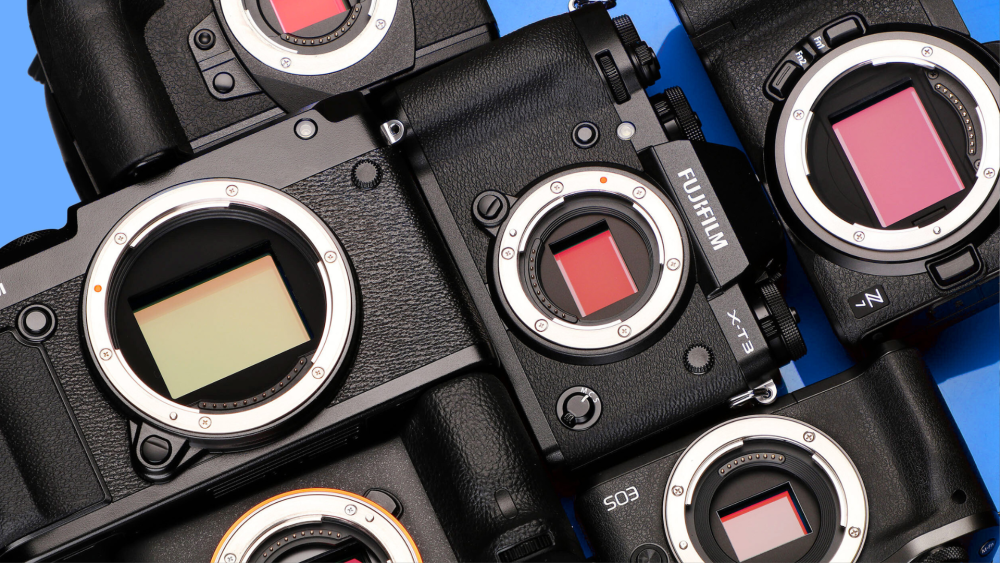
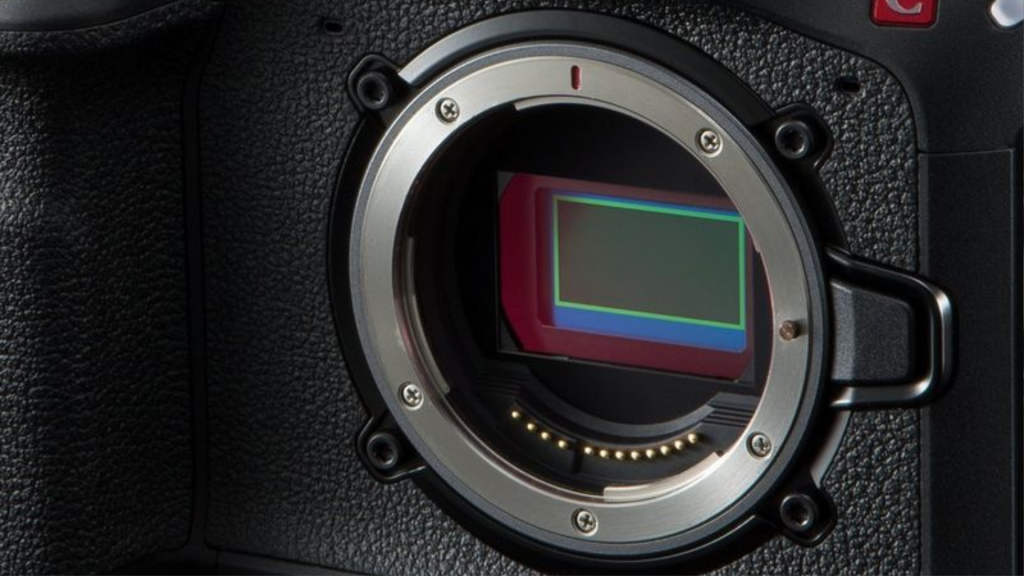

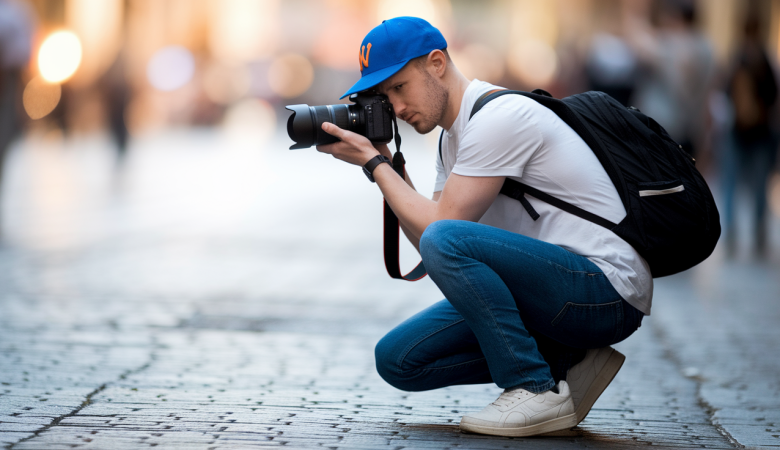
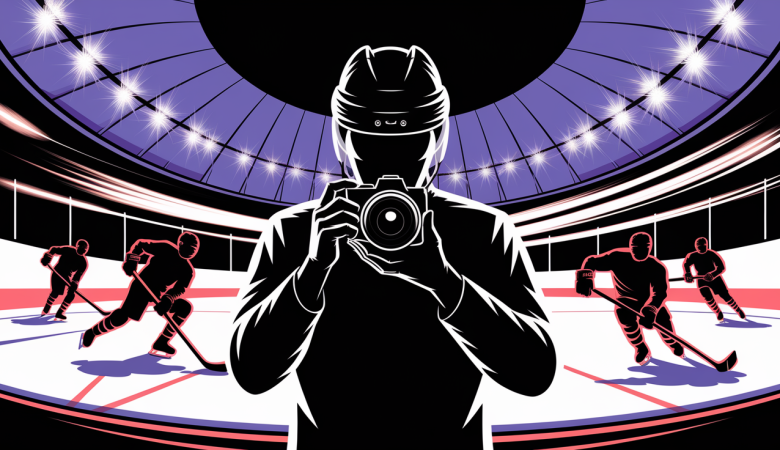
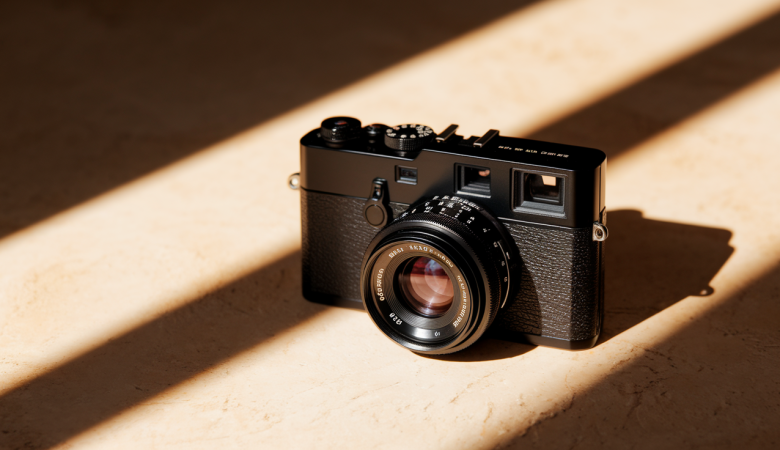
Leave a Reply